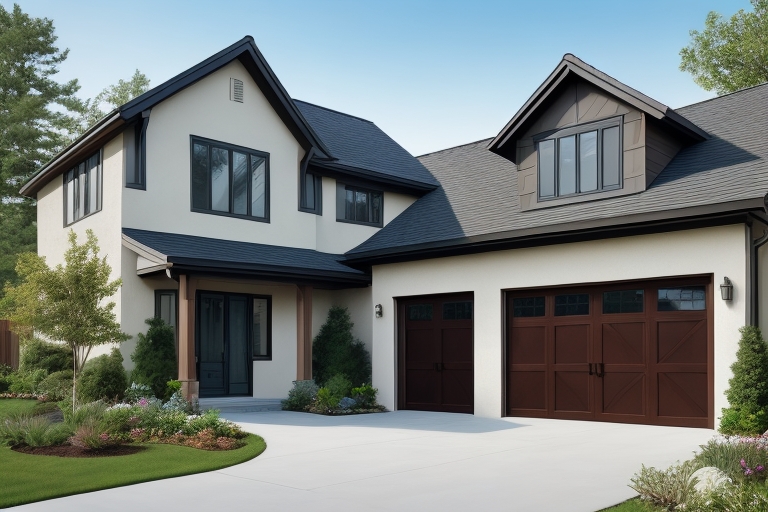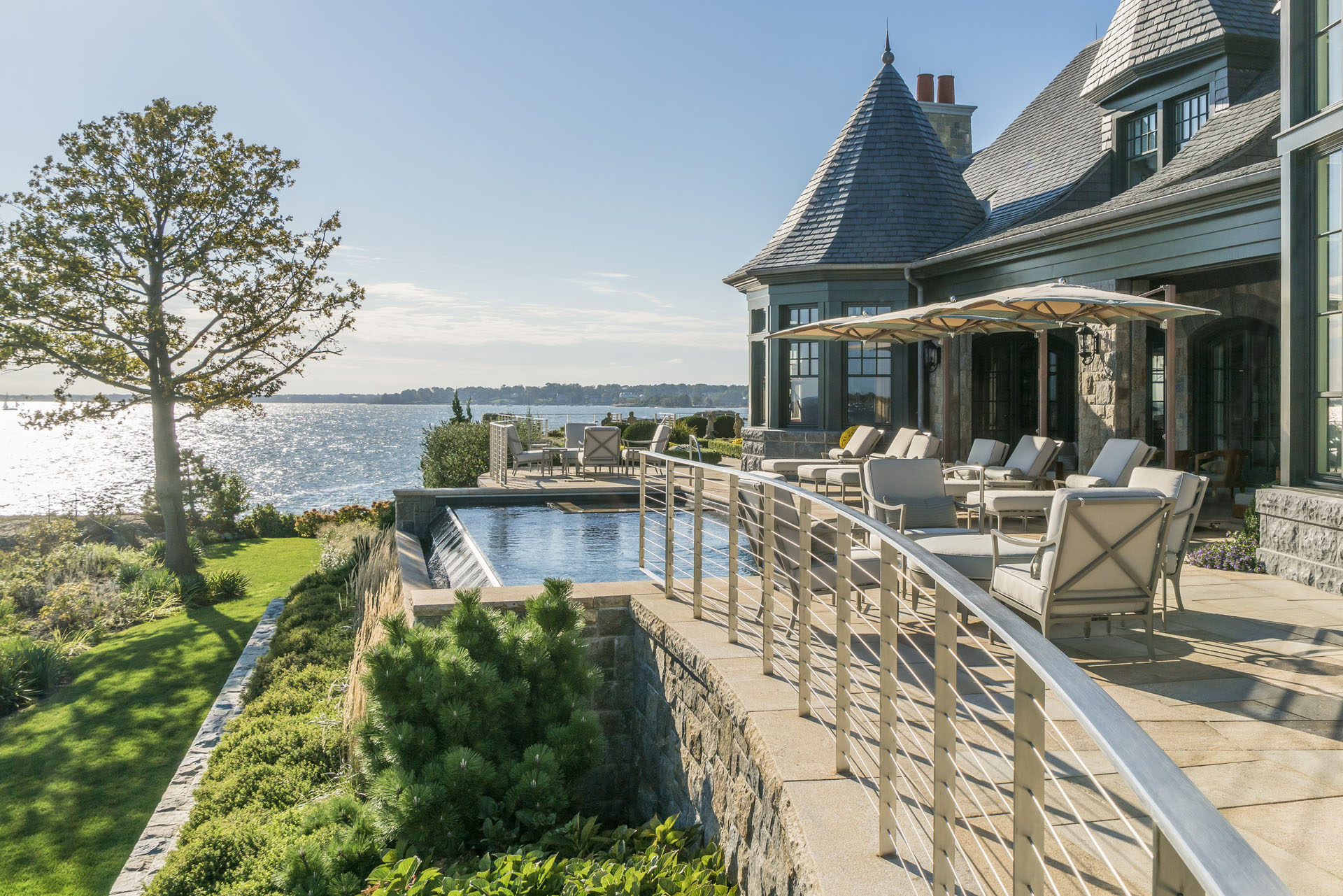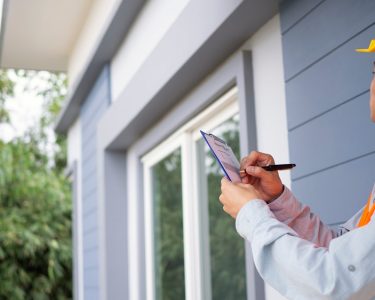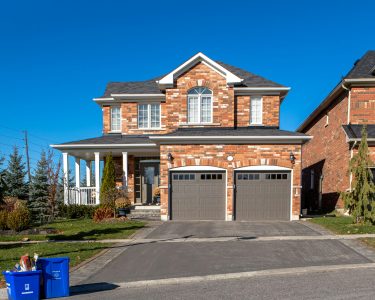In the ever-evolving landscape of interior design and architecture, home upgrades have emerged as a powerful tool for homeowners to express their personal style, enhance functionality, and increase property value. These upgrades, whether subtle or transformative, breathe new life into spaces, making them more aligned with contemporary needs and aesthetics. As homeowners navigate the myriad of options available, understanding the latest trends, technologies, and best practices becomes paramount. This comprehensive guide aims to shed light on these facets, offering insights into making informed decisions that resonate with modern sensibilities.
Today’s home upgrades are not just about visual enhancements. They encompass a holistic approach that considers the interplay of aesthetics, functionality, sustainability, and technology. This multifaceted perspective ensures that upgrades are not just transient design fads but are rooted in practicality and long-term benefits.
Furthermore, the motivations behind home upgrades have diversified. For some, it’s about adapting to lifestyle changes, such as a growing family or remote work needs. For others, it’s about sustainability and reducing the carbon footprint. Then there are those driven by the allure of the latest design trends, seeking to infuse their spaces with a touch of contemporary elegance.
The realm of home upgrades is also witnessing a blend of tradition and innovation. While the charm of classic designs remains timeless, there’s an increasing inclination towards integrating modern technologies and materials. This fusion ensures that homes are not just reflective of personal style but are also equipped to cater to the demands of modern living.
Budget considerations, too, play a crucial role. Home upgrades, contrary to popular belief, don’t necessarily entail exorbitant expenses. With careful planning, research, and a bit of creativity, homeowners can achieve stunning transformations without breaking the bank. It’s about prioritizing, understanding where to splurge and where to save, and making choices that offer the best value for money.
The Art of Modern Wall Painting: Beyond Just Colors
The walls of a home are more than just structural boundaries; they are canvases that capture the essence, mood, and personality of its inhabitants. Over the years, wall painting has evolved from a mere decorative exercise to an art form that intertwines creativity, technology, and psychology. With pioneers like Worry Free Painting leading the charge, the realm of wall painting has witnessed innovations that go beyond mere color palettes.
At the heart of modern wall painting lies the exploration of textures. Textured walls, with their three-dimensional appeal, add depth and character to spaces. Whether it’s the rustic charm of a stucco finish, the elegance of Venetian plaster, or the contemporary vibe of geometric patterns, textures offer a tactile experience that flat paints often can’t match. These textures, when paired with the right lighting, can create mesmerizing effects, transforming ordinary walls into design statements.
Beyond textures, modern painting techniques have introduced a world of possibilities. Techniques like sponging, ragging, and color washing allow for the creation of unique patterns and effects. These methods, often combining two or more shades, result in walls that are dynamic, with colors that interact and play off each other, creating depth and movement.
The choice of finish, too, plays a pivotal role in the modern painting narrative. While matte finishes offer a sophisticated, muted look, glossy finishes reflect light, making spaces appear brighter and more expansive. Semi-gloss and satin finishes strike a balance, offering a subtle sheen that’s perfect for areas like living rooms and bedrooms.
However, the art of wall painting isn’t just about aesthetics. It’s deeply rooted in psychology. Colors have the power to influence moods, emotions, and perceptions. For instance, soft blues and greens are known to have a calming effect, making them ideal for bedrooms and relaxation spaces. Vibrant shades like reds and oranges, on the other hand, invigorate and energize, making them suitable for active spaces like kitchens and workout rooms.
From Manual to Automatic: The Evolution of Garage Doors
The garage door, often perceived as a mere functional element of a home, has undergone a transformative journey over the decades. This evolution, marked by technological advancements and changing homeowner needs, has redefined the role of garage doors in modern homes.
Historically, garage doors were manual entities. Homeowners would need to physically open and close them, a task that, while straightforward, lacked the convenience of modern solutions. These manual doors, often heavy and cumbersome, were simple in design and primarily served the purpose of sheltering vehicles and storage items from external elements.
However, as lifestyles evolved and the pace of life accelerated, the need for more efficient and convenient solutions became evident. Enter the era of automatic garage doors. These doors, equipped with motorized mechanisms, transformed the user experience. With the simple press of a button, homeowners could effortlessly open or close their garage doors, a luxury that became indispensable, especially during inclement weather or late-night arrivals.
But the evolution didn’t stop at automation. With the advent of smart technology, garage doors have entered the realm of connected homes. Modern garage doors can now be controlled and monitored remotely via smartphone apps. This connectivity allows homeowners to check the status of their garage door from anywhere, receive real-time alerts for any unauthorized access, and even integrate the door’s operation with other smart home systems.
Aesthetically, the design narrative of garage doors has also witnessed a renaissance. No longer restricted to standard designs, homeowners now have a plethora of options to choose from. Whether it’s the rustic charm of wooden doors, the sleek modernity of steel and glass, or the durability of composite materials, there’s a design to complement every architectural style. These designs, while beautiful, also enhance a home’s curb appeal, adding value and character.
Sustainability through Energy-Efficient Installations
In the modern architectural and design landscape, sustainability isn’t just a trend—it’s a responsibility. As homeowners become increasingly conscious of their carbon footprint and the environmental impact of their choices, the demand for energy-efficient installations has surged.
Windows and doors play a pivotal role in a home’s energy consumption dynamics. Traditional installations, while aesthetically pleasing, often lacked the insulation properties required to maintain optimal indoor temperatures. This inefficiency led to increased reliance on heating and cooling systems, resulting in higher energy bills and a larger carbon footprint.
Energy-efficient windows and doors, however, are designed to combat these challenges. Crafted with advanced materials and technologies, these installations offer superior insulation, ensuring that homes remain comfortable throughout varying seasons. Double or triple-glazed windows, for instance, create a thermal barrier that reduces heat transfer. This means homes stay warmer in the winter and cooler in the summer, reducing the need for artificial temperature regulation.
But the benefits of energy-efficient installations extend beyond thermal comfort. They also play a significant role in noise reduction. Urban dwellers, especially those in bustling cities, often grapple with the challenge of external noise. Energy-efficient windows, with their enhanced sealing and insulation properties, act as effective sound barriers, ensuring that indoor spaces remain tranquil and noise-free.
Furthermore, these installations offer protection against harmful UV rays. While natural sunlight is a coveted feature in homes, prolonged exposure to UV rays can lead to the fading of furnishings, artworks, and flooring. Modern energy-efficient windows come equipped with coatings that filter out these harmful rays, ensuring that interiors remain vibrant and protected.
Moreover, the long-term cost savings associated with these installations are significant. While the initial investment might be higher than traditional alternatives, the cumulative savings on energy bills ensure that homeowners recover their investment and enjoy continued savings in the long run.
In conclusion, the shift towards energy-efficient installations in modern homes is a testament to the evolving priorities of homeowners and the industry’s commitment to sustainability. It’s about creating homes that are not just beautiful and functional but also environmentally responsible. With industry leaders guiding this transition, homeowners can look forward to spaces that resonate with contemporary values, offering comfort, aesthetics, and sustainability in equal measure.





